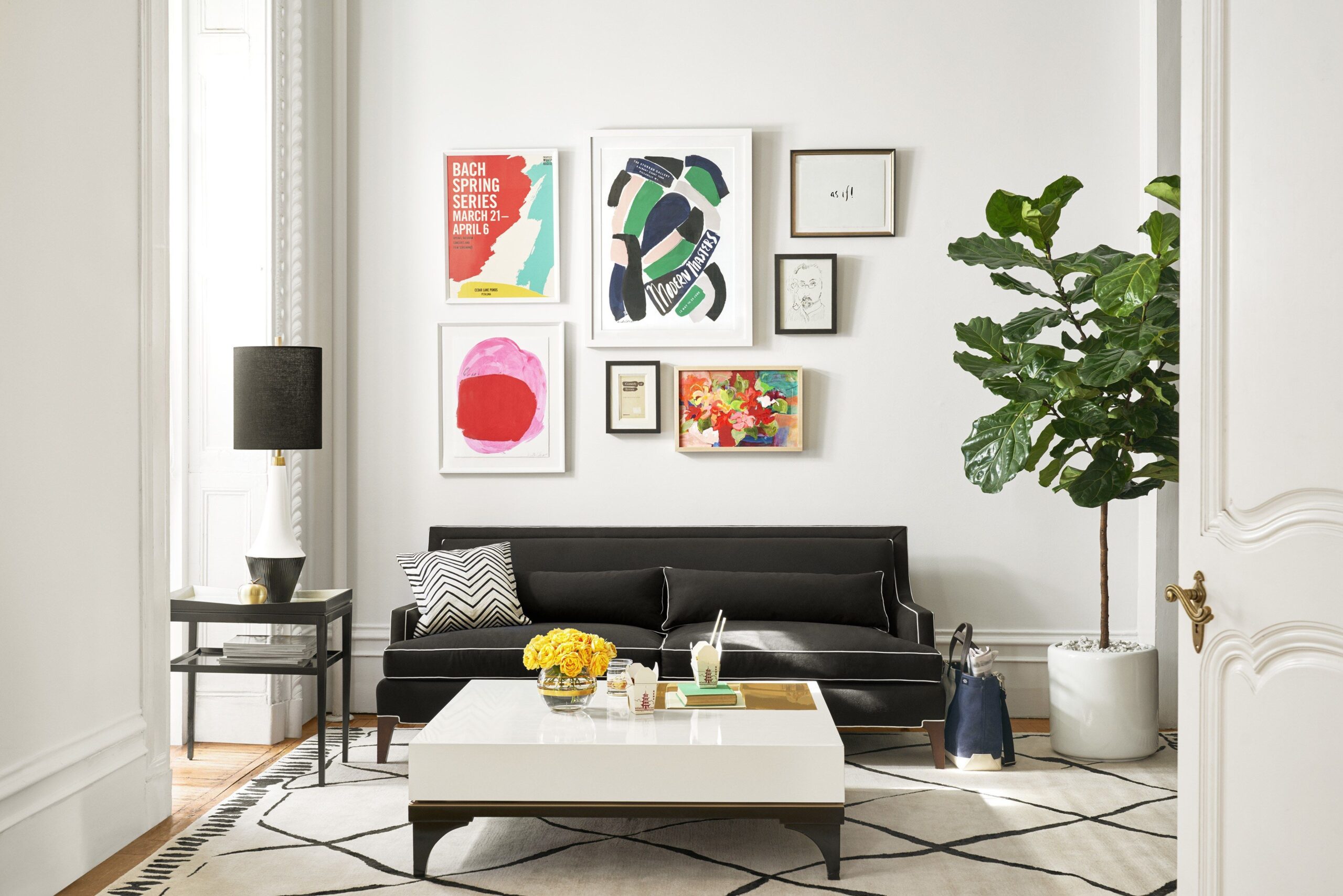Choosing artwork for your home decor can be a tricky task, but the right tips will help you make the best choices for your living space. Here are a few tips to keep in mind when choosing art for your home decor, think about the overall aesthetic you’re trying to achieve in your space. Whether you’re going for a more relaxed and cozy feel or a more modern and sleek look, choosing artwork that fits with your overall style will help tie the room together.
Consider the space you have to work with. Don’t try to cram too much artwork into a small space – it will just look cluttered. Likewise, don’t choose a tiny piece of art to hang on a large, empty wall. Read on to learn more some suggestions for selecting suitable artwork
1. Intensity
Choosing art for your home decor is not only about choosing the right piece, but also the right intensity. The best way to achieve this is to buy artwork that has similar or contrasting intensities. You can also create a color scheme with the help of a few well-chosen pieces. You can use a few small pieces to decorate a coffee table or a few large pieces to tie a room together.
A color wheel is a great place to start. You can also use a simple color chart to help you identify the best possible combinations for your space. If you are still determining which colors to use, try mixing it up with a few shades of one color.
2. Color scheme
Choosing the right color scheme for your home can be challenging. However, it is an important part of decorating. The colors you choose can evoke feelings and emotions, and can even set the mood for a room. Choosing a color scheme that suits your taste is the most important factor to consider.
Color schemes from the Best Interior Designers in Dubai can be based on traditional color wheel relationships, or they can be based on personal taste. Whatever you decide, it is important to spend time in your space to get an idea of how the colors will work together.
There are two basic types of color schemes: complementary and analogous. A complementary scheme uses opposing colors side by side on a color wheel. You can either use two colors on the opposite sides of the wheel, or you can use three colors.
3. Size
Whether you are buying an art print or a large canvas piece for your home decor, size is an important consideration. Too small and it can look awkward, too big and it will consume the space. Using a wall art size guide will help you find the right size for your home decor.
The first rule of thumb for a wall art size guide is that the width of the art should be two-thirds the width of the furniture in the room. For example, a queen size bed should be 34-45 inches wide, a king-size bed 43-57 inches wide, and a 7-foot couch should be 42-63 inches wide.
4. Representational vs. non-representational
Unlike representational art, non-representational art does not represent a recognizable object from the real world. It instead depicts an object in a realistic but unrealistic fashion. It is not meant to be accurate, but rather is a way to communicate emotion with the aid of color and form.
It is also important to note that while non-representational art has a plethora of interpretations, it is not meant to be quantifiable. Rather it should reflect the emotions of the time. Non-representational art is also beneficial for those with mental illness. This type of art can help ease depression and anxiety, as it is more realistic than other forms of art.
5. Creating a theme
Creating a theme when choosing art for home decor can be fun and rewarding. By choosing a theme you can narrow your focus and choose the right artwork for your space. However, it can be a daunting task. You’ll need to find abstract ways to incorporate your theme into your home without being too literal.
Using computer-aided design software can help you visualize your home’s theme. Once you’ve settled on a theme, it’s time to begin collecting decor items and artwork. You can order customized prints for each room or use your decor items to create a cohesive theme throughout the house.
If you choose a theme for a specific room, you will need to ensure that the room’s items match. For example, if you’re designing a beach-themed room, you’ll want to find artwork that features landscapes, sandy colors, and rattan accessories.
Conclusion
Art adds color, pattern, texture, and visual interest to a space, and it can also be used to express personal style. In addition, art can be used to add character to a home, and it can be used to make a small space seem larger. It can also express a certain mood or atmosphere and can be used to personalize a space. Also, art can be a great conversation starter and can help to make a space feel more welcoming and inviting.

